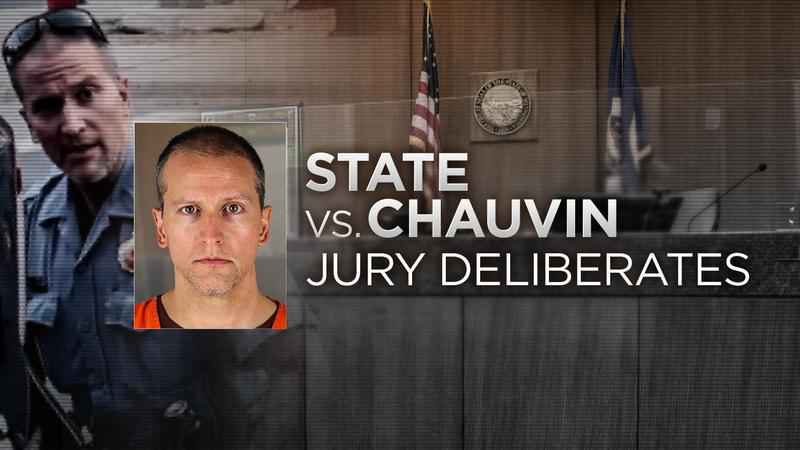What to know as jury deliberates in Chauvin trial

[KSTP-TV]
With both the state and defense having rested their cases, the trial of former Minneapolis police officer Derek Chauvin now moves into the hands of the jury.
The 12-person jury, plus two alternates, were selected during a selection process that began on March 8 and lasted just over two weeks. Opening statements then took place on March 29 with testimony wrapping up nearly three weeks later on April 15.
Monday, after closing statements, jurors were read instructions by Judge Peter Cahill and given notice they’d be sequestered until a verdict is reached.
KSTP’s complete coverage of Derek Chauvin’s trial
So, how can a verdict be reached?
Jurors must take the evidence presented in court and determine, based on the rule of the law, whether Chauvin is innocent or guilty of each count — second-degree murder, third-degree murder and second-degree manslaughter.
The decision reached by the jury must be unanimous.
Jurors are allowed to review all exhibits or copies presented in court, except depositions and audio or video material. However, the jury can request to review specific evidence, including audio and video, in open court.
If the court finds there is no reasonable probability of jurors reaching an agreement, the jury can be discharged, according to state law.
When the jury does reach a verdict, the court may poll the jury to ensure each juror individually agrees with the verdict. If a juror indicates they don’t agree with the finding, the court may return the jury to deliberations or discharge the jurors.
A second-degree murder conviction carries a maximum sentence of 40 years in prison; third-degree murder is punishable by up to 25 years in prison; second-degree manslaughter carries a maximum penalty of 10 years in prison. However, a conviction doesn’t mean the defendant will be sentenced to the maximum allowed under law. For reference, former Minneapolis police officer Mohamed Noor was sentenced to 12.5 years after being convicted of both third-degree murder and second-degree manslaughter in 2019.